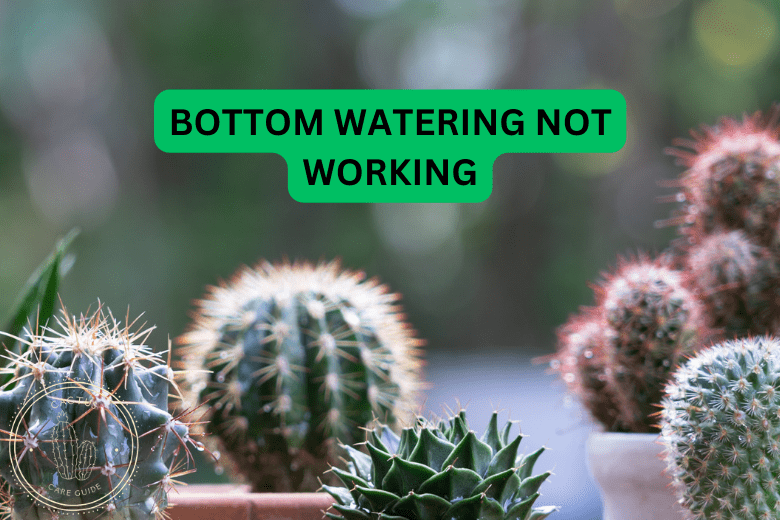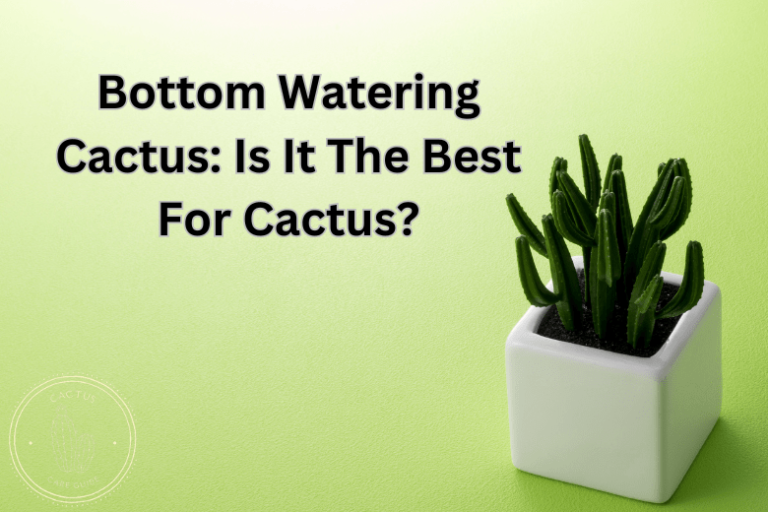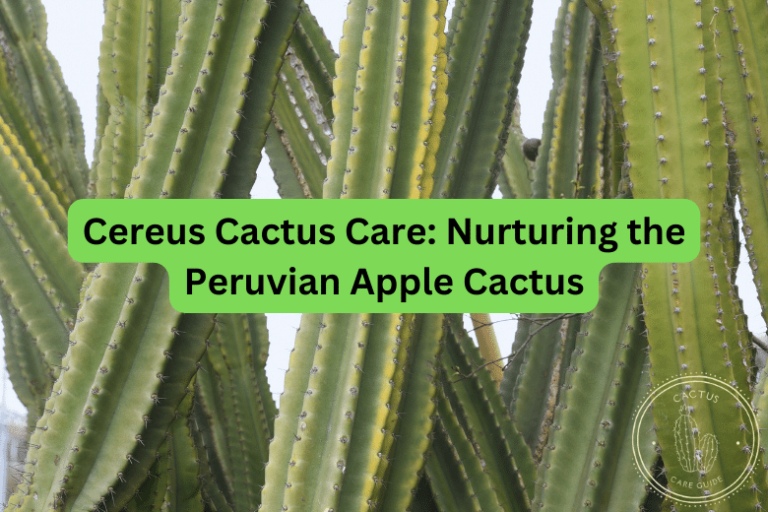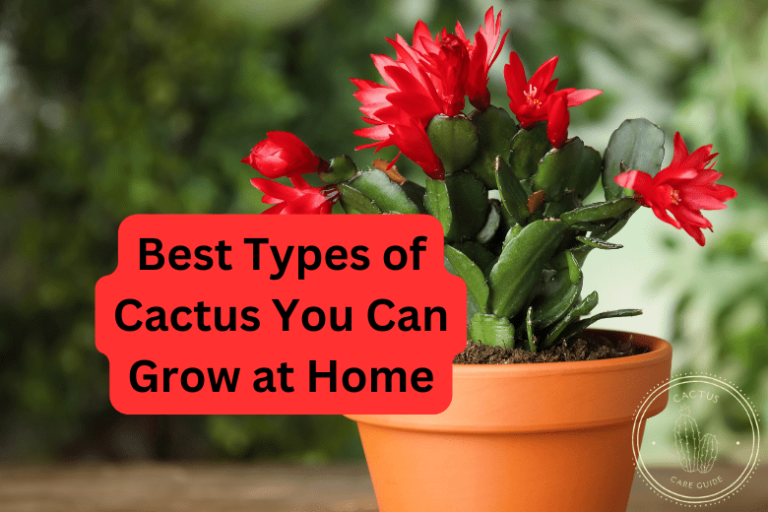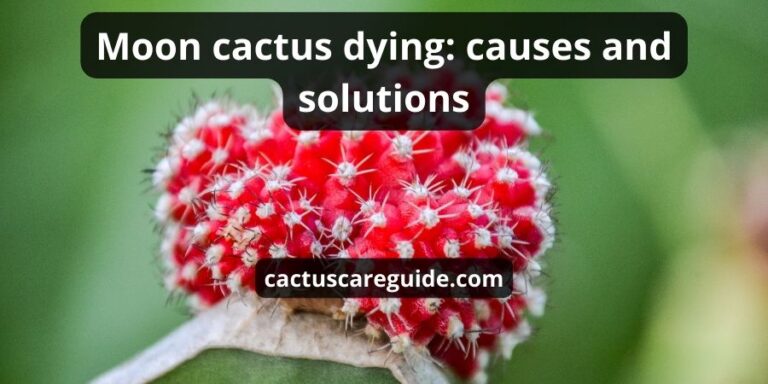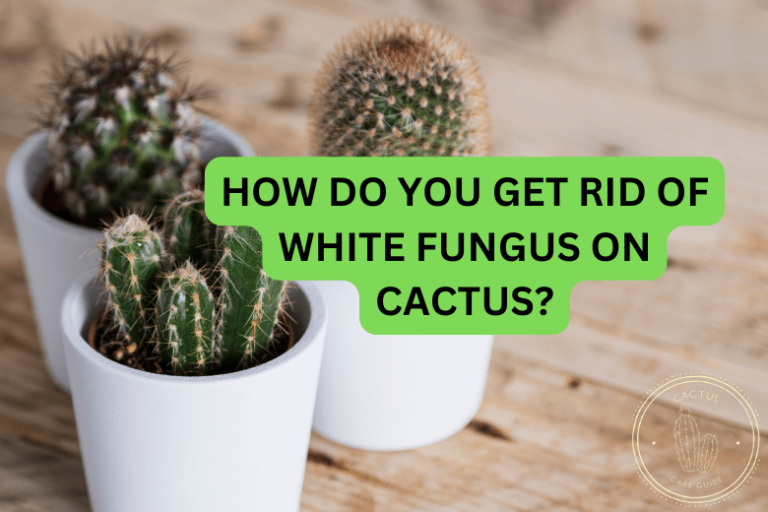Bottom Watering Not Working: Reasons and Tips
The bottom watering procedure is popular with many plant enthusiasts. However, in some cases, it could not work properly which makes plant parents worry about any possible issues.
So, if you wonder why your bottom watering practice is not working, we are here to help you with a simple guide!
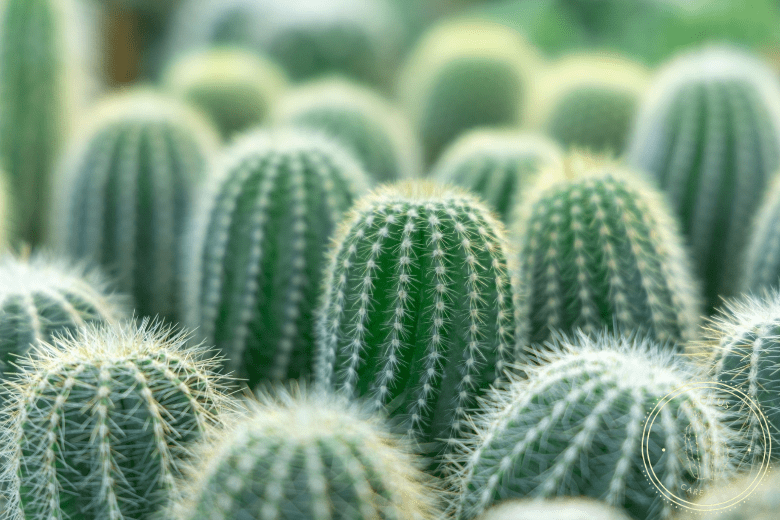
8 reasons that can prevent bottom watering plants
Normally, bottom watering your plants can work as well as watering from the top of the soil. Thus, if something goes wrong, some reasons cause watering issues. To solve the problem, you have to know exactly what to deal with.
So, let’s get started and find out more about all the possible reasons that can happen when you bottom water your indoor plants.
#1. Pot size
The first thing to keep in mind is that your pot size always requires an adequate amount of water that you add to the watering tray. Sometimes the underwatering issues are related to the lack of water that you add throughout a session.
What are the clues? To provide your plants with adequate watering, always consider the pot size. The larger your pot is, the more water you need to add during a session. To make sure that your plants get enough water, always make a finger test to check the moisture in the soil.
Besides, always remember about the temperature. Use more water on hot days when your plants need more moisture. On colder days, reduce the amount of water so as not to overwater your plants.
#2. Drainage hole size
Adequate drainage is an essential part of home gardening. No matter if you practice bottom or top watering, your pot has to be equipped with at least one drainage hole that allows the excess water to get away from the pot and prevent root rot. However, when watering plants from the bottom, this point is especially crucial.
As you can guess, if your pot doesn’t have any drainage holes at all, no bottom watering is possible unless you make any. There must be enough holes in the bottom that let the bottom water penetrate the soil.
However, it may be still not enough as the size of drainage holes also matters. This method of watering can work poorly when the holes are too small to let the necessary amount in the soil. As a result, your plant doesn’t get enough water.
What are the clues? Check the size of the pot drainage holes. If you can see that the holes are too small, enlarge their diameter if possible. As a variant, you can get another plant pot with larger holes.
#3. Clogged holes
Another hole issue is related to clogging. When the drainage holes are blocked because of the soil clumps, rocks, or any other debris on the bottom, they prevent the bottom watering process.
What are the clues? Make sure that nothing gets stuck in the holes and that they are free of obstacles that prevent bottom watering. If there are any hindrances, take them away from the drainage holes and set them free.
#4. Soil type
A common case is when bottom watering doesn’t work properly because of the wrong soil type.
As a rule, clay-based soil is not compatible with bottom-watering plants. This method of watering can be especially hard since clay molecules don’t let bottom water penetrate the soil and dampen it. Besides, dehydrated clay is prone to hardening, so it will be difficult to dampen it again with bottom water. As a result, the bottom water is just blocked from getting into the soil.
What are the clues? Choose the right types of soil for your potted plants. Opt for the soil types that contain a lower ratio of clay. It will be much better not only for the bottom watering but also for bottom-feeding plants and keeping soil adequately moist.
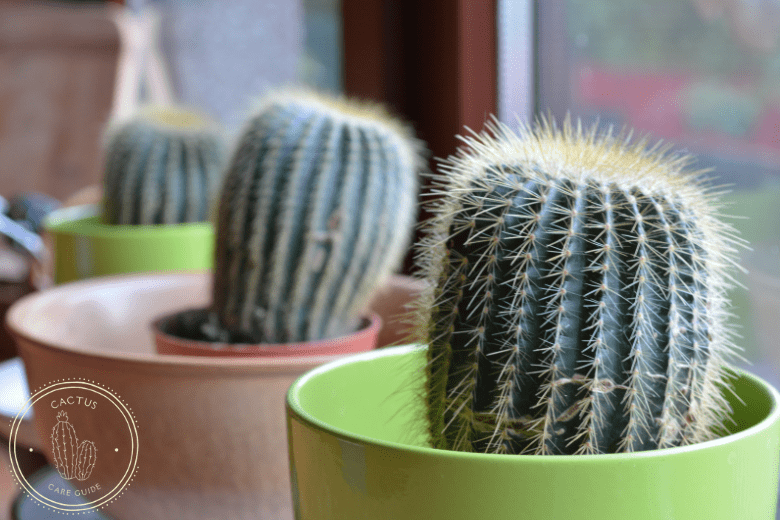
#5. Soil density
When you practice top watering for some time, there can be an issue with soil density that affects the bottom watering results.
To absorb water properly, the soil in the plant’s pot should be well-aerated. However, when you water plants from the top, you make the soil much more compact. Thus, too dense soil
#6. Over-dried soil
Drought becomes a real problem when neglected. Besides, some types of soil are prone to be hydrophobic if they are completely dry. Thus, when you try to moisten it again, the water won’t reach the top level of the soil. The same is true for top watering as the water just passes through the dry soil and reaches the bottom.
What are the clues? Make the soil completely moistened again. Let the plant sit in water so the soil can soak water and retain an adequate moisture level. After that, you can proceed with bottom watering or top watering if you wish.
#7. Bottom stones
Stones and rocks placed at the bottom of the pot can be one more hindrance for bottom watering plants. Since reverse watering works through capillary movement, there must be enough space for bottom water to move through.
What are the clues? A big deal of stones added to the bottom of the pot prevents water from moving upward and reaching all the soil levels. Thus, you need to water plants more intensively so that the water level in the watering tray will be higher. This will boost the activity of bottom watering and its upward movement in the soil.
A good rule of thumb is to fill the watering tray so that the water level is 1 inch higher above the stones.
#8. Water quality
As you probably know, the water quality seriously affects the results of watering plants. Bad-quality water is one of the most hazardous things that can affect your plants. Besides, it affects the bottom watering results as well.
Since tap water often has a high content of chlorine and other contaminants, you can end up with mineral buildup at the bottom of the pot. What is more, the excess salt is not flushed out of the soil, so the salt buildup can finally cause root burn.
What are the clues? There are two ways to avoid this hazardous issue.
If you water your plants with regular tap water, be sure to clear them of the extra contaminants. Make use of a de-chlorinator filter or a carbon filter to get rid of salts and other contaminants in the tap water. The best way is to use room temperature water that is previously cleared up and sit for a while.
Besides, a good idea is to shift watering methods. At least once a month you should top water your plants to prevent mineral build-ups and root issues.
Why choose bottom watering?
As for the indoor plants, you can opt for different watering methods. As well as top watering, you can try to practice bottom watering with a lot of benefits. Generally, both of these methods are beneficial for many reasons and are worth practicing.
So, why should you try bottom watering? What are the benefits of bottom watering and what are its drawbacks?
Here is a list of good reasons to water your plants from the bottom:
- Prevent root rot
- Provide better and stronger root growth
- Saturate soil by even water distribution
- Prevent many plant diseases
- Prevent pest infestation
- A handy way to water plants
- Watering many plants at once
- A gentler watering method for young seedlings
As you can see, this method is really good for many reasons. However, what about the possible drawbacks?
When starting to bottom water your plants, keep in mind that you can face these issues:
- It takes more time for the plants to drink
- Risk of overwatering
- Excess salts and minerals accumulating in the soil
- You can forget about a new watering session
- Not all plants are compatible with this watering method
However, when you consider all the possible risks, it is still possible to avoid them if you do everything correctly and regularly.
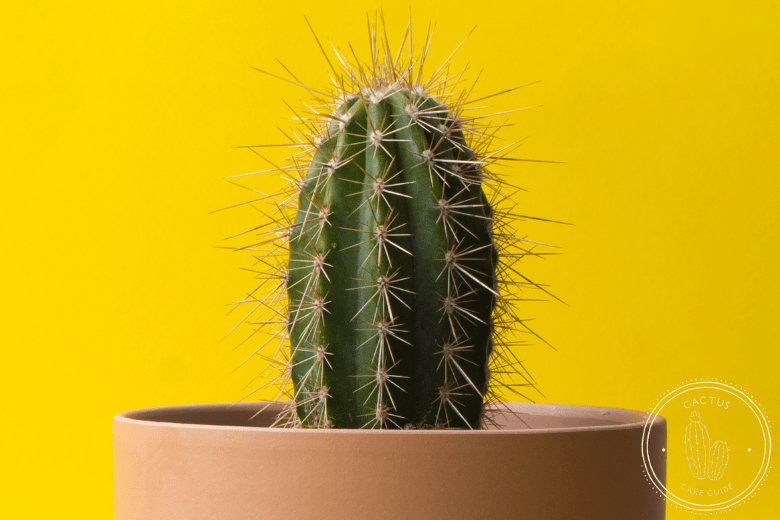
FAQs
Why is my plant not absorbing water bottom watering?
This issue is often related to the compact soil that doesn’t allow water to get through it. Another possible variant is that your potting soil is over-dried and repels water instead of soaking. One more case when your plant can’t absorb water from the bottom watering tray is the clay-based soil in the pot that is not suitable for this method.
What are the problems with bottom watering?
Along with many benefits, bottom-watering plants have a list of drawbacks. So, before you start practicing this method, you have to know more about it. Sharing water is a key to spreading diseases. Thus, when you feed multiple plants from the bottom watering, there is a high risk of spreading fungal infections with the bottom water.
Bottom watering is a more fiddly method than other ones. This time-consuming process includes several steps, such as checking the soil surface and plant condition, filling the water tray, waiting until the water is absorbed, and taking care of the excess water that is necessary to drain.
How do you know if bottom watering is working?
The simplest way to check the efficiency of bottom-watering plants is to take a finger test. To check the moisture level in the plant pot, stick a finger in the soil and find out if the soil contains enough water. If you feel evenly moist soil
How long should bottom watering take?
Depending on the plant varieties you have and the potting soil you use, bottom watering can take from 15 minutes to an hour. A good rule of thumb is to prolong the soaking period up to your pot’s size and the soil’s dryness. According to the season, add more water on hot days and reduce its amount in colder periods.
Final thoughts
When you water your plants, the chosen method is always up to you. All that you need is to consider all the possible drawbacks and follow the watering tips for your chosen method and the plants you grow.
You might also like:
? Best Types of Cactus You Can Grow at Home
? Can You Cut off a Piece of Cactus and Plant It
? How to Get Water Out of a Cactus

Greetings, dear succulent lovers! I’m Jennifer West and I’m happy to share with you practical tips and guides on growing and caring for succulents, as well as all the magical facts about these unique plants. Grateful to have you on this green journey with me! Check out more about our team here.

